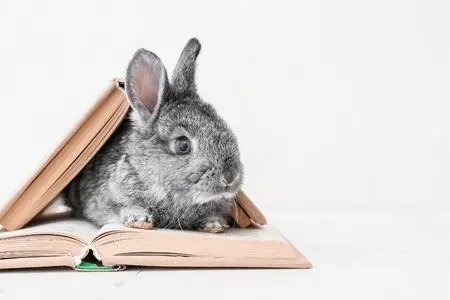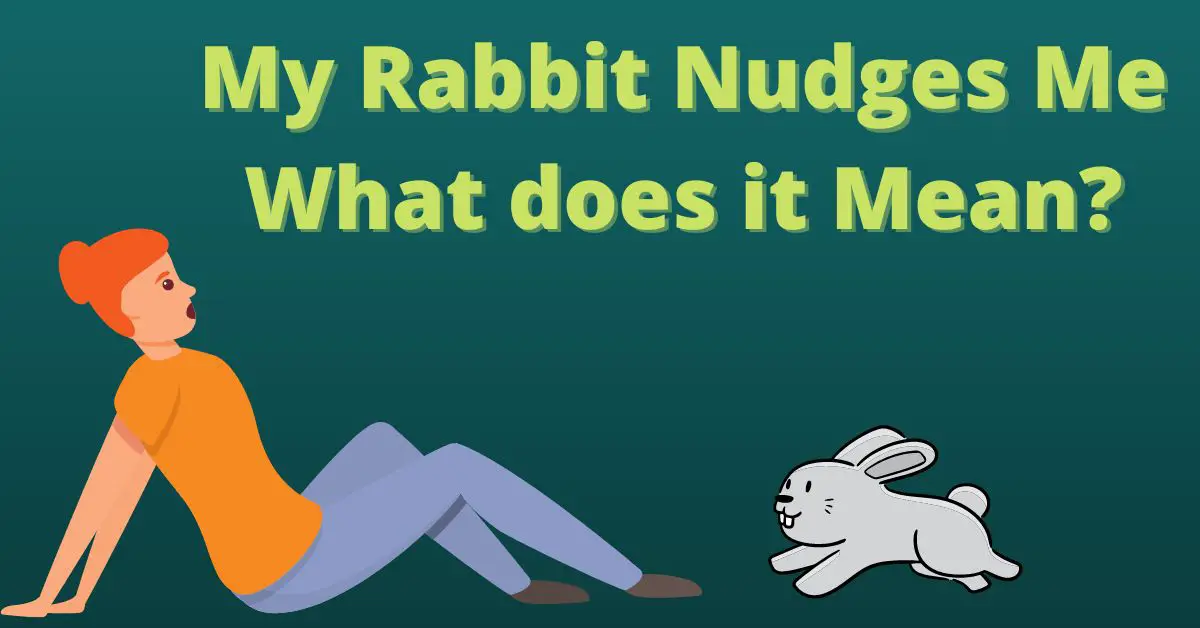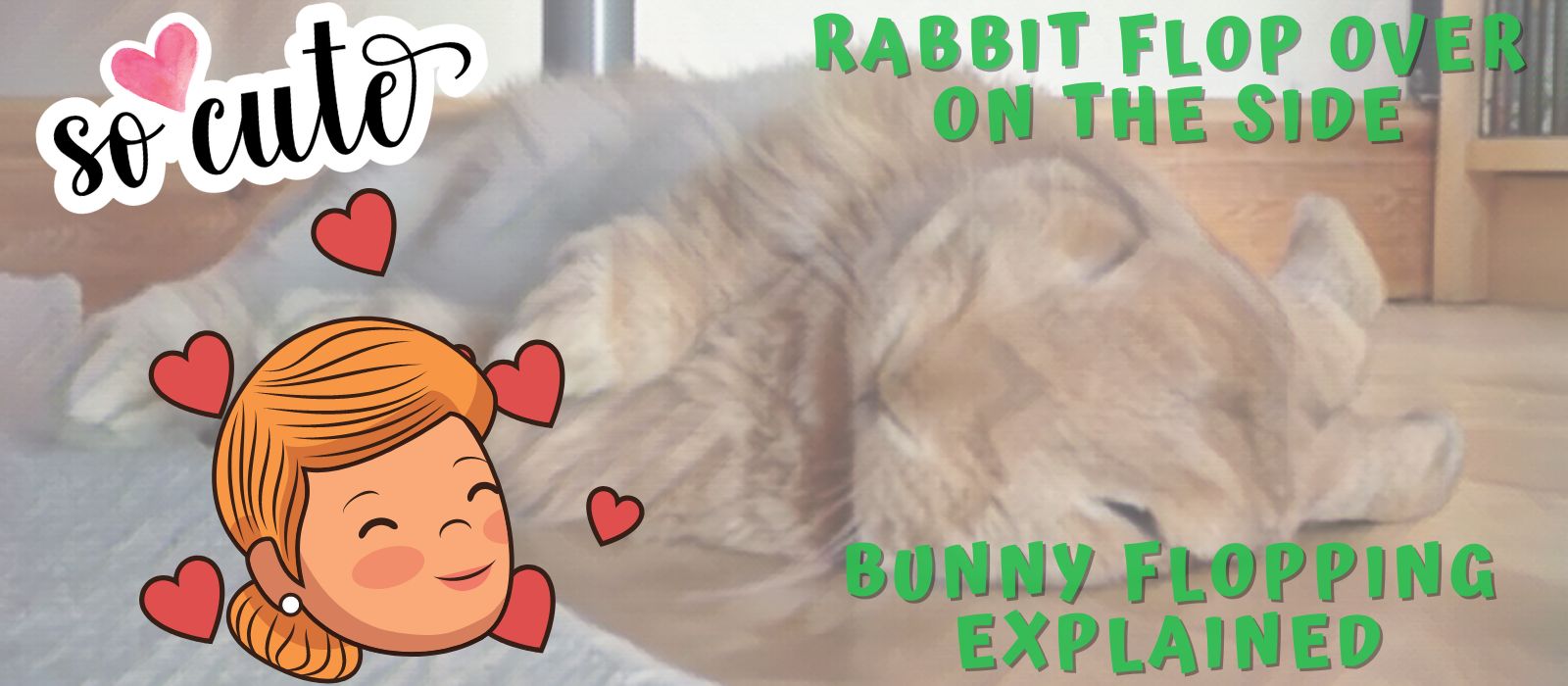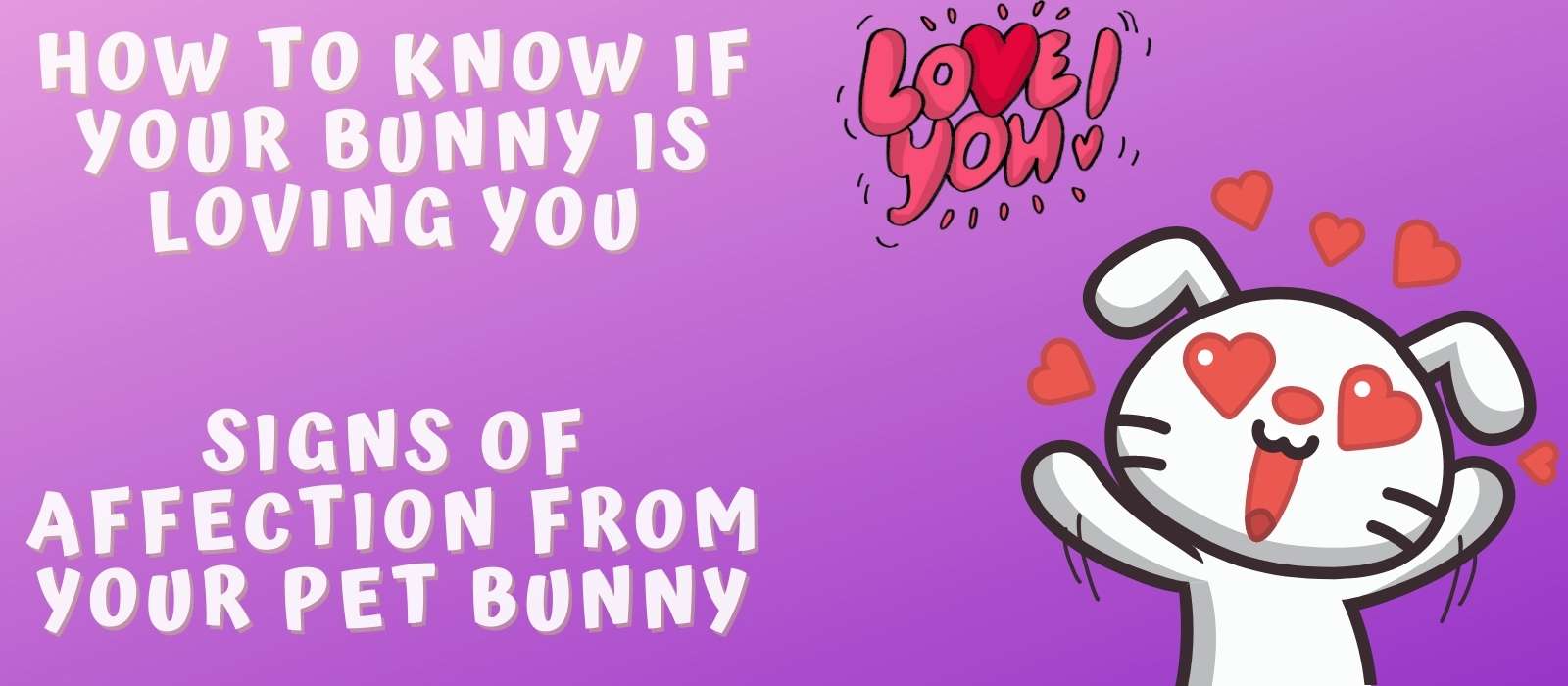Introduction: 12 Rabbit Behaviors You Should Know to Understand Your Pet

House bunnies can be great companions to spend cordial time with, but if you just become a rabbit owner, their diverse body language and behavior may perplex you.
Unlike other pet animals, like cats or dogs, the way rabbits act is baffling.
House bunnies can be great companions to spend cordial time with, but if you just become a rabbit owner, their diverse body language and behavior may perplex you. Unlike other pet animals, like cats or dogs, the way rabbits act is baffling.
Here is the complete guide on rabbit behavioral signs. After looking through this, you can interpret what your pet rabbit wants to say to you. It helps you to create an invulnerable bond with your furry friend and take the required actions in advance if they are in distress.
Common Rabbit Behaviors and Body Language
Indoor rabbits speak to you through body language, including various ear movement patterns and positions. Though they have a voice, they hardly make a sound to express their emotions.
Following are some common rabbit body languages that you may notice in your pet and understand what you should do in such cases.
#1. Different Ears Positions
The adorable bunny ears give the biggest hint of their temperament. Besides body language, you can understand whether your pet rabbit is relaxed, tensed, or angry by observing its ear positions.
- Pointed Backward
When you notice your rabbit’s ear in a backward-angled position, it indicates scared and aggressive behavior. Be alert as it may attack you if you go closer to it.
If you are a stranger to this cute furry animal, it may be frightened of you. Generally, bunnies try to hide in panicking situations. However, some of them can be aggressive and attack the nearby person out of fear.
- Outward Position
Usually, the ears of rabbits are erect. The slightly outward stance without rigidity signifies that your pet is relaxed and enjoying your company.
- Drooping Backward Position
When your indoor rabbit feels sleepy, it sits down and droops its ears on the backside.
- Straight Upright Position
Sometimes you may notice your bunny stands still with rigid and straightly upright ears. It is a clear sign that your bunny has sensed a threat and tries to find out from where the danger is coming.
- Forward-Angled Position
The forward-angled position of a bunny’s ears connotes its feeling of curiosity about something. While moving nearer to a queer object, like new rabbit toys or unknown places, they stretch their ears towards it. It is not a sign of nervousness. They only try to assess whether the item or site is safe for them.
#2. Flopping
A flop over action in bunnies often confuses new owners. In flopping, rabbits roll their body on the floor and suddenly lie down on the side. It seems they are in some distress or dead. But surprisingly, it means the opposite.
Flopping is the sign of a relaxed and comfortable rabbit. A sick bunny moves its legs and makes sounds to show its discomfort. If you don’t observe any of such symptoms, be sure they feel secure at your house and want to nap for a bit.
#3. Binky
A binky rabbit gesticulates that they are utterly in a playful mood. You see your bunny hopping every time, but sometimes it twists in the air following a hope called a binky. It means your cutie is happy and enjoying.
#3. Thumping
When your rabbit starts thumping, you need to pay attention to him. In thumping, buns hit the floor with their hind legs. They do this when they sense any danger. Out of fear, they try to alert you about the trouble.
The thumping sounds are so loud that you can hear it from a distance. Give your pet the best rabbit toys or treats to divert her attention. However, if she thumps even more strongly seeing you, it conveys that she is upset with you and doing this out of anger.
#4. Nudging
Your rabbit may nudge you out of affection or anger. The intensity of nudging conveys its temperament certainly. If it pushes you softly, keeping its head down, it truly wants you to pet him. But if it prods you forcefully with its nose, it is time to get out of its way.
Rabbits are inherently very particular with their place and things. If you try to rearrange them, they may not tolerate it and bang you with their nose. Angry bunnies may also nip you if you don’t move out of their way.
#5. Standing on Hind Legs
Your small furry pet looks so delicate. But in reality, it is not candy-ass. Rabbits are tremendously sensitive regarding their territory. And if someone tries to set foot in their place, they can aggressively attack that person.
When a bunny stands on its hind legs making a grunting sound, it implies he is not tolerating you in his space. Leave him in his territory alone. He will eventually get chilled. But, if you try to pet him at that moment, he can box you with his front legs or bite you too.
There can be another meaning for this posture, and it’s not scary at all. Sometimes your pet bunny comes to you on its own and stands on his hind legs, making a cute face. It indicates he is asking for some treats. Although treats make your bunny cherished, an excessive quantity of snacks can upset their stomach. It can cause overweight and heart diseases.
#6. Circling
It looks cute when the little furry animal crazily rotates around the feet. You can experience this adorable moment while giving your bunny sweet treats. All pets eagerly wait for the time when the owners provide them with treats. And you can see this kind of body language in your bunny during that time.
#7. Lunging
As said earlier, a rabbit is not a coward animal. Out of scare, insecurity, and frustration, they may attack terribly. Before lunging, you can see your pet grinding its teeth, pulling its ears back, and keeping its tail up.
Don’t try to pet or console your irked bunny. Rabbits generally don’t hurt others. They show their irritation through body language. But if you still stay in its territory, making it feel there is no space to hide, it may choose to confront the threat and fight back.
#8. Screaming
Unlike cats or dogs, rabbits don’t use their voice to communicate or express their emotions. Thus, when you hear the pet bunny screaming, it’s a matter of concern.
Bunny screams when it gets scared, recognizing a danger. If you notice your poppet looks fretful and screaming, try to relax and distract them by giving rabbit toys or treats.
If your bunny looks iffy and shouting, he is in excruciating pain. Immediately contact a vet to get him out of such an ailment.
#9. Chewing
Chewing is common for all bunnies. They chew on wooden items, wires, clothes, cushions, and all other possible things to keep their growing teeth in shape.
Don’t be disappointed with your pet as it is a question of his health. Give him chew-safe rabbit toys to look after his dental health and protect your house.
#10. Chinning
House rabbits rub their chin on items or areas that they want to secure for themselves. Since they have scent glands beneath their chin, when they rub their chin on an object, it attracts the smell of the bunny. If you have more than one animal in your home, others will automatically understand the place or the thing that is claimed by this little bun.
This act let other pets know that this place is already claimed.
#11. Digging
Digging is the innate instinct of this tiny animal. Wild rabbits excavate to create a space for living. Indoor bunnies also carry such characteristics and try to burrow in the corners of the house or your attractive upholstery.
Though it can be infuriating for you, digging is essential for bunnies for mental enrichment and reducing stress and boredom. Digging makes your bun overly happy, and the activity helps them to keep in shape. Pet owners should provide them with some digging bunny toys rather than restricting them from doing so.
#12. Nesting
Nesting behavior can be recognized in female bunnies. When you observe she is gathering straws and hay in a corner of your house, it is time to welcome some baby buns into your house. Pregnant rabbits create bedding for their babies. They also pluck their fur from the chest for nesting.
However, sometimes it can be due to false pregnancy when she feels to be pregnant, but in reality, it’s not. If your bunny is already spayed or not bred, it’s a sign of false pregnancy, and she will automatically stop this behavior within two to three weeks.
Wrapping it up
If you bestow some time to observe your bun, you can discern that they try to communicate with you using its ears, nose, and tail, and making several postures. Thus, to decode their signs, you need to notice them carefully, which is not a monotonous quest.
Bunnies are naughty, and there lies the adorability of these animals. A calm, quiet, and de-energized pet is not indulging for human caretakers. Here are a few things you can do to keep your bunny happy besides protecting your house from possible destruction.
- Make your home bunny-proof
- Spay or neuter the rabbit
- Give them lots of toys





